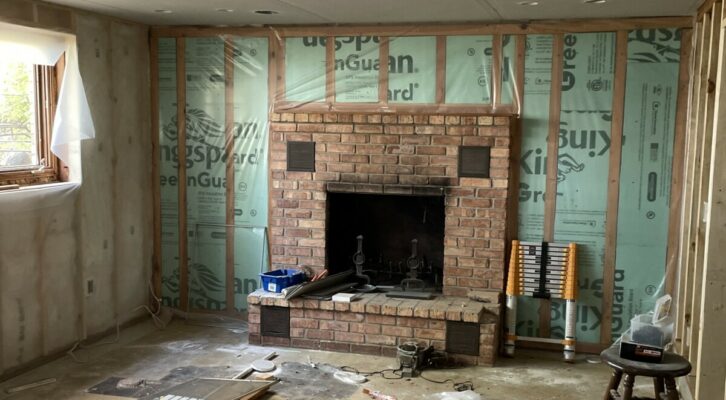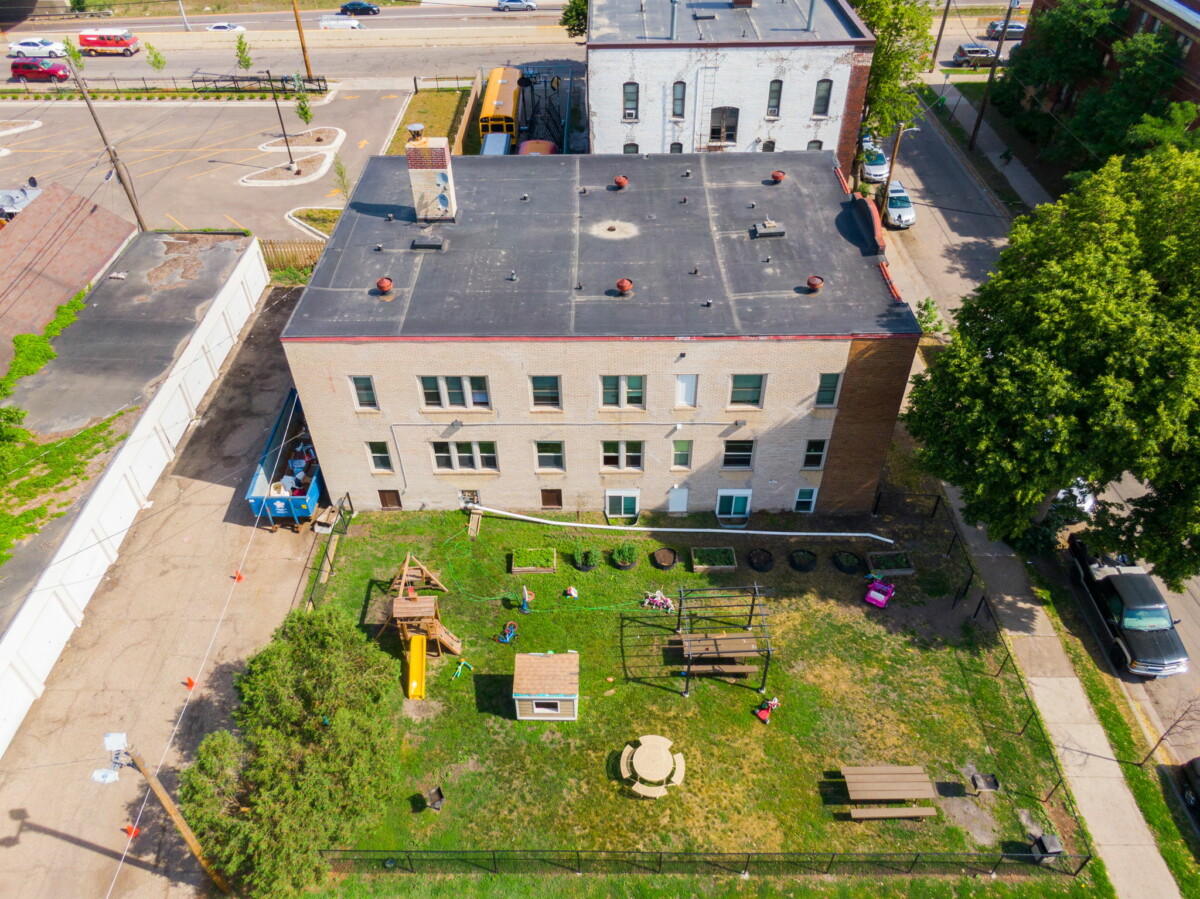Picture this: You are working on an existing single-family house with an unfinished (concrete or masonry) basement foundation wall where the house was issued a building permit prior to June 1, 2009. The homeowner is interested in having this unfinished basement converted to a finished family room, bedroom, and bathroom, but there is no existing interior or exterior foundation insulation and no exterior foundation waterproofing. The wood rim joists are insulated with unfaced fiberglass insulation. Where do you start? Peter Kulczyk has answers to some potential questions.
Note: The homeowner, designer, and builder taking on such a basement finish project should understand that the following questions and answers do not address all of the building code, energy code, or building science issues (i.e. water/vapor movement, bulk water, heat transfer, etc.), but all of these need to be considered.
Q. Does the State of Minnesota Residential Code require the building plans for this proposed basement project to be prepared by a licensed design professional, such as an architect or engineer?
A: No, but if the design calls for some major structural changes, such as removing some of the interior bearing walls, the building official can require the documents to be prepared by a design professional.
Q. Is a building permit required?
A: A building permit is required per Minnesota Rule, Section MR1300.0120, “Permits.” Permits may also be required for work related to electrical, mechanical, and plumbing.
Q. Who can obtain the building permit?
A: The property owner or a contractor licensed through the State of Minnesota Department of Labor and Industry could apply for a building permit.
Q. Currently, the existing basement walls are exposed on the inside with no insulation. The homeowner would like to frame this interior face of the basement wall with 2 x 4 lumber and eventually a wall finish material, such as gypsum board. Does the code require a minimum level of insulation within or behind this wood wall framing prior to installing the gypsum board?
A: For houses permitted prior to June 1, 2009, there are no requirements for the installation of insulation. (See the next question.)
Q. If the homeowner chooses to install wall insulation within the new framed walls on the interior side of the foundation, are there any recommendations for minimum insulation R-value (energy rating), vapor retarders, or air barriers?
A: For guidance, the homeowner, designer, or builder could follow the requirements in the building code and energy code intended for new construction that addresses insulation, vapor retarders, and air barriers. However, the installation of interior-side insulation and/or a vapor retarder may or may not be beneficial based on many factors (i.e. existence of exterior-wall foundation waterproofing, type of insulation intended, permeability of the insulation, etc.). Basement walls can be a delicate system and should be evaluated on a case-by-case basis before installing materials.
Q. If the homeowner decides to install rigid foam insulation or spray-applied foam insulation in the proposed new framed walls, is this foam insulation required to be covered with gypsum board?
A: Most likely, unless there is documentation, such as third-party testing or a product evaluation report from an approved testing agency, the foam would need to be separated from the interior of the basement by an approved thermal barrier of not less than 1⁄2” gypsum wallboard, 23/32” wood structural panel (plywood or OSB), or a material tested per NFPA 275. In earlier editions of the code, this reference called for a 15-minute-rated thermal barrier which includes these previous building materials.
Q. In this future basement finish project, the homeowner would like to remove some of the center- bearing walls and open the space. What needs to be considered?
A: A person competent in residential wood- framed structural analysis should evaluate all design loads from the walls, roof, and floor above to determine what type of structural changes need to take place. This may involve new footings, posts, and wood or steel beams in the design. If the data is insufficient, the local building inspector can require that a Minnesota-licensed structural engineer or architect evaluate the situation and provide signed drawings that reflect the requirements.
Q. If new windows are to be installed in this basement finish project are there any special considerations?
The building plan or submittal documents should address the energy efficiency rating of the windows (referred to as the U-factor); if tempered/safety glass is to be installed (IRC Section R308); structural considerations for proposed new window headers; pan flashing for new window openings (IRC Section R703.4.1); window well details (if applicable); and weather-resistance details per window manufacturer.
Q. What about the electrical equipment, lights, smoke alarms/carbon monoxide alarms, and receptacles?
A: Electrical work will most likely require an electrical permit and inspections.
The provisions for smoke alarms (IRC Section R314) and carbon monoxide alarms (IRC Section R315) are contained in the Minnesota Residential Code, but the wiring of these items is addressed in the electrical code.
Q. What about the installation of new mechanical equipment such as a furnace and ductwork?
A: The mechanical code will address ventilation provisions, such as warm air supply and cold air returns in the rooms, and the Energy Code will address furnace efficiency.

















